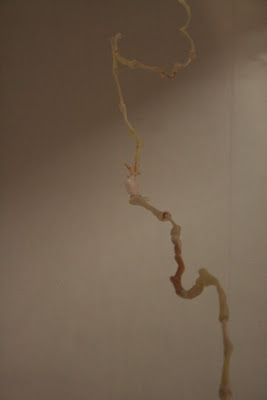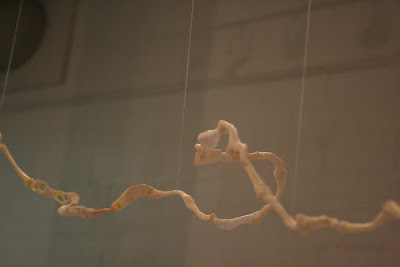
Arduino schematic on running a DC motor
------------------------------------
Going slowly. Having trouble figuring out how to drive the motor- getting a MOSFET transistor today (metal-oxide-semiconductor field-effect transistor, p70 of "Getting Started with Arduino").
I am trying to create a system that responds to the amount of light in the environment and changes the speed of a motor accordingly.
Analog Input : LDR (light dependent resistor) (p. 64- 68)
Analog Output : 3v DC micro vibration motor (p. 69- 71)
---------------------------
After looking thought the Arduino Playground, I'm unsure whether or not I need a
motor shield and/or an external power source. In the Arduino handbook, page 71.
I've also seen an
H-Bridge appear on several sites, and I'm wondering if this is vital to run the motor.
Tutorials on Arduino Playground I've been looking at:controlling a motor tutorial
http://itp.nyu.edu/physcomp/Labs/DCMotorControl
Using an Arduino to control the speed and direction of a DC Motor.
http://www.arduino.cc/playground/Main/DCMotorControl
Arduino Forum on controlling motors via a microphone
http://www.arduino.cc/cgi-bin/yabb2/YaBB.pl?num=1178043224/6












